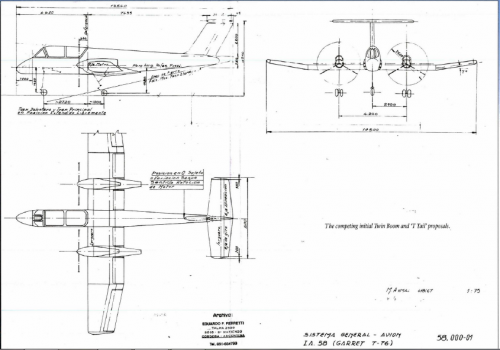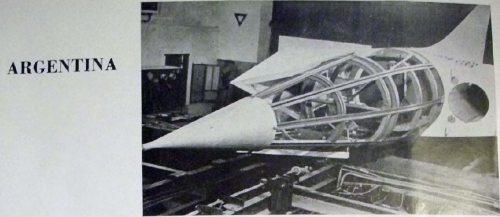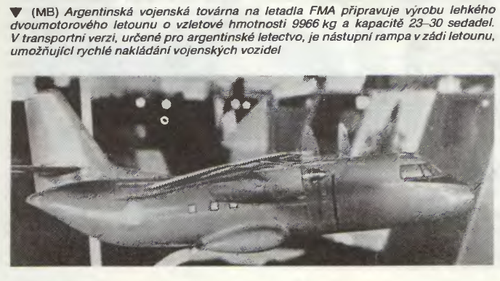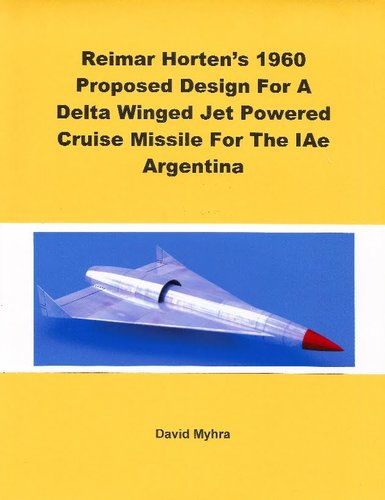- Joined
- 11 March 2006
- Messages
- 8,620
- Reaction score
- 3,767
Einspruch, Euer Ehren !  (Your Honour !)
(Your Honour !)
It's quite probably the I.A. 51, I think, which is attacking a ship looking like a clinched County class DDG here.
See the "Fábrica Militar de Aviones - Cronica y Testimonia" ( https://de.scribd.com/document/104898611/Fabrica-militar-de-aviones-cronicas-y-testimonios or http://es.slideshare.net/ramoncopa/fabrica-militardeavionescronicasytestimonios-por-angel-cesar-arreguez ,
we already had it here, but with a different link, AFAIK)
And according to that source, the second type is the I.A.55 ...
It's quite probably the I.A. 51, I think, which is attacking a ship looking like a clinched County class DDG here.
See the "Fábrica Militar de Aviones - Cronica y Testimonia" ( https://de.scribd.com/document/104898611/Fabrica-militar-de-aviones-cronicas-y-testimonios or http://es.slideshare.net/ramoncopa/fabrica-militardeavionescronicasytestimonios-por-angel-cesar-arreguez ,
we already had it here, but with a different link, AFAIK)
And according to that source, the second type is the I.A.55 ...









































































